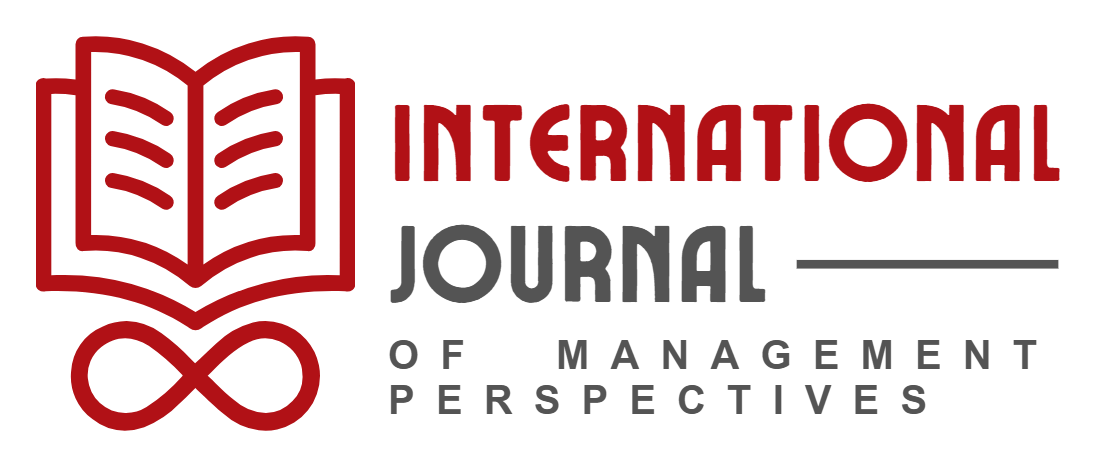In recent years, many businesses worldwide have adopted a Just-In-Time supply chain into their business processes.
With growing competition, businesses are forced to improve their processes to achieve maximum profitability.
Thus, they are looking for supply chain managers who know how to implement J-I-T effectively.
But what exactly is the J-I-T supply chain? How does it work? And how can you get into the industry?
This article will explain what a Just-In-Time supply chain is, how most businesses implement it into their environments, and more. Keep reading so you can decide if you want to work in the supply chain industry.
What is a Just-In-Time Supply Chain?
The Just-In-Time (J-I-T) supply chain method aims to eliminate timing and cost delays for companies by ordering the right amount of materials at the right time. The goal is to have the exact amount of material (no more and no less) that is needed at the moment.
As a result of implementing J-I-T, businesses will have better processes, reduced costs, reduced waste, and a better understanding of their supply chain needs.
Other supply chain methods, aside from J-I-T, will deal with spikes in customer demand with the help of safety stock. This is the extra stock that is stored in the warehouse to prevent out-of-stock situations.
On the other hand, the just-in-time supply chain method attempts to synchronise its processes and operations so there is no need for safety stock.
As the supply chain market continues to grow — and is predicted to increase from $15.85 billion in 2019 to $37.41 billion in 2027 — more businesses need supply chain managers than ever before.
These businesses are looking for supply chain managers who can implement processes that’ll result in the least amount of waste and the lowest possible cost for their companies.
This is where J-I-T supply chain management comes in.
How Does J-I-T Supply Chain Management Work?
The idea of J-I-T might seem straightforward and relatively simple to implement. But, in reality, it can be pretty challenging to do.
This is because it’s often tough to predict what customers want and when they want it. Mainly when unforeseen circumstances occur.
That being said, supply chain managers who implement J-I-T inventory requirements into their processes will help their businesses achieve optimal results and higher profits.
Organisations may vary in how they implement J-I-T into their environments. But here’s how the J-I-T supply chain method works for most businesses:
1. Design the process
Managers must look at their essential manufacturing blocks, including the product, process, and manufacturing planning. From there, they’ll be able to determine what type of flexible system they need to put in place to eliminate disruption and minimise waste.
2. Make use of MRP and ERP systems
The key to the just-in-time supply chain method is understanding the demand of customers — which can be achieved through communication. External or internal communication that uses systems such as materials resource planning (MRP) and enterprise resource planning (ERP).
Managers run their businesses through an MRP system that calculates the raw material and components needed to manufacture specific products.
They can also use ERP systems to help manage their core business processes to ensure optimal performance.
3. Manage the process
They can run a Total Quality Management (TQM) review to ensure continuous improvement throughout the process.
An effective management review will:
- Define workers’ roles and tasks.
- Measure statistical quality control.
- Establish schedules.
- Monitor capacity levels.
4. Cement strong relationship with the supplier
Since managers depend on suppliers to get what they need, they should choose a preferred supplier, negotiate contracts, discuss lead times and costs, and set delivery expectations.
They must maintain a good relationship with their suppliers to ensure materials are always delivered efficiently and on time.
5. Review the process
Managers must define and implement quality control measures to ensure that problems are identified and dealt with early on.
By monitoring the process, they’ll also be able to make continuous improvements. That will increase the effectiveness of their processes and result in maximum efficiency of business operations.
How to Become a Supply Chain Manager
To succeed in the supply chain industry and attain high-level managerial positions that can help businesses with J-I-T, you either need to obtain a supply chain qualification or have several years of experience.
A Supply Chain Management Degree or equivalent will equip you with the fundamental and advanced skills you need to implement effective supply chain management into any type of business.
You’ll learn about crucial supply chain principles enabling you to plan and implement effective processes (including J-I-T) and solve problems quickly and efficiently.
Furthermore, you’ll be equipped with transferable skills that can be used in multiple other industries in addition to the supply chain.
Study a Supply Chain Management Course at REGENT
Does the just-in-time supply chain industry look perfect for you and your career goals?
Are you ready to jump into this lucrative, ever-evolving industry?
Look at the different Supply Chain courses REGENT Business School offers, including a Higher Certificate in Supply Chain Management, a Bachelor of Commerce in Supply Chain Management, and a Postgraduate Diploma in Supply Chain Management.


